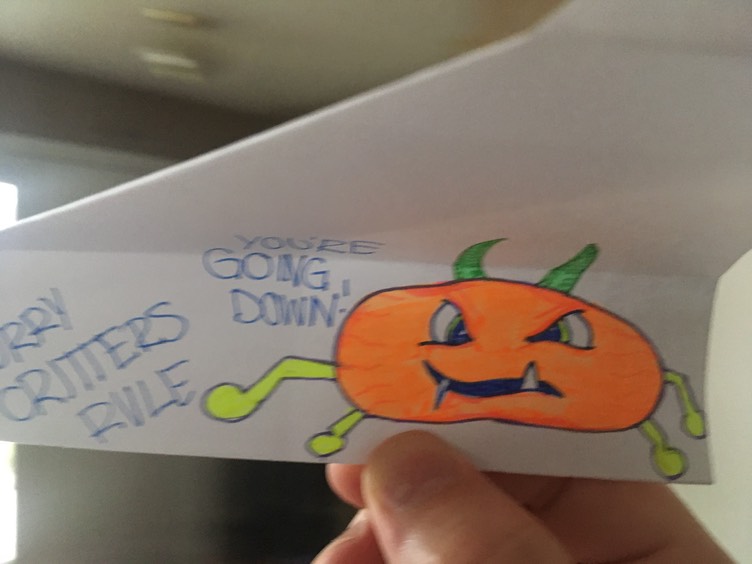Many therapist are experiencing the need to transition their practice to providing technology assisted services either through telephone or video. This important shift is one of many ways therapists continue to respond to the global pandemic to ensure services are there for children, youth, individuals, and families when needed.
Depending on the therapeutic model and mind-set you ascribe to, using technology to provide service may seem daunting. However I invite you to be open to being surprised by what’s possible especially with children of all ages and their families.
The contemporary brief therapies with an emphasis on meaning making, collaboration, drawing from people’s experience and skills, and structuring practice between sessions, lend well to shifting to the virtual. As my context is children’s mental health I wanted to share some ideas and lessons along the way that may prove useful in working with children and families with technology assisted services.
Set the scene:
First avoid structuring your meeting time as “check-ins”. The risk with that frame is that you may become centred as the one doing the work and it leaves the purpose of the conversation vague. Rather, be clear that your time together is intended to be useful and purposeful in addressing the identified project through the assistance of the technology. You will be wanting to learn from people their concern, what they are trying out, and the progress they are making and what they are learning.
You may find that conversations have more focus or less small talk. Be okay with shorter but focused conversations as well as an increase in frequency of contacts.
Link each conversation to the previous conversation through the use of summary and re-tellings to provide focus and continuity. “Last time we talked about …. What has been better?”, “Last time we talked, you had planned to practice... tell me about how that went?”
Invite collaboration about the focus for the conversation. Some families may want to talk about the effects of the pandemic which could not leave time to address the concern that brought them into service. It can be useful to decide with families how best to use the time you have.

Prepare material before the conversation for review and to be worked on between meetings. For instance you can send themed coloring pages to someone practicing learning to handle worry. Send paper airplane designs to be built. They can be coloured and labeled with the name of the problem, the effects of the problem or with the name of the initiative and the counter thoughts/feelings/actions. Invite the child to later fly the planes.
Engage meaning making:
For young children video sessions provide a great opportunity to meet and interview their stuffies about their special relationship with the child and how they may have assisted through difficult times. The child or caregiver could answer on behalf of the stuffie. What has the stuffie come to know and appreciate about the young person over time? What role does the stuffie play in the child’s life? Tell me a story when the stuffie had seen the child use their bravery, or calmness, or listening etc? What does the stuffie know about the child that the Problem tries to blind people to? Alternative to stuffies you may meet children’s pets who wander into view or provide comfort during the meeting. This too is a great opportunity to meet children through their pets eyes and learn about the important role they play in the child’s life.

Recruit parents to be your co-therapist/co-counsellor/co-worker. Can they be your eyes and ears during this service? Work through the caregiver.
- Learn from caregivers what they are already doing to navigate these circumstances that they notice has worked a bit. How did they know to try that? What other ideas do they have? How can they apply this learning to the project you are meeting about?
- Invite caregivers to try ‘practice areas’ and set time to review what they are learning. Fine tune the plan with them.
- Learn from caregivers what they are trying to model for their children during this time. What do they hope their children learn from them? Why is that important to them? Learn what their plan is to model this and the signs of success they might notice.
- Invite caregivers into entertaining new frames of meaning ascribed to children’s behaviours. What if we look through the lens of…. How might you make sense of their choices then…how might you respond differently than you have been? Try it out!
- Invite parents into noticing. “Between now and the next time we talk can you be on the lookout for times when things are better. I will ask about what you notice next time.”
- Learn about caregiver self-care.
As a narrative therapist I am always trying to facilitate conversations in which children and youth grow a sense of personal agency- the ability to direct themselves and their lives in preferred ways. Some of my favourite activities are meant for this purpose. In person I may invite children to make meaning in play with balance boards. It provides the experience of internally handling a turbulent external world (more about this another time). In transitioning to virtual services there remain many ways to invite children into growing their sense of personal agency. You can invite them to stand on one foot and balance, see how long they can balance. Adding challenge they can circle their arms or juggle or catch objects tossed by care givers. This practice must then be extended bringing into further meaning making with our questions. How did you balance so long? What skill of yours are you using? etc... Another activity I often go to is to invite family members to build remote controls and play the remote control game. They can do this at home and have fun pausing each other, going into fast forward or slow motion. It’s a great way to again grow personal agency and practice the many skills it involves. Remember to follow-up the play with your questions.
The use of therapeutic documents has a long history in narrative therapy. In socially distanceed work the use of therapeutic documents whether through email, snail mail, texting is a very useful way to work. These documents can include conversation summaries with questions to extend the conversation, dialogues, letters to the Problem, counter letters, testaments to a course of action, affirmations, letters from the future, lists, poetry, or collective documents- such as contributing to a document about how families cope in tough times. Families can design certificates for themselves marking progress in the journey. Many youth will have images they have saved that can be discussed and shared.
If you are using the Zoom platform you can screen share the whiteboard allowing both you and the child/youth to create, personify problems, scale, list together, etc. This is definitely one of the most useful features of Zoom.
While the move to technology assisted services can be awkward at first it can bring out the creativity in you and those consulting to you. I have heard colleagues inviting families to play “Success Spies”- trying to catch each other acting in preferred ways. Some are creating themed bingo cards with activities to generate experience for discussion. Scavenger hunts can be a fun challenge modified with activities to complete related to specific themes and to grow counter knowledge. The Tree of Life or Smartphone of Life can be modified and are also activities that translate well to working in this way.
However you stay connected to the people consulting to you there remains opportunity to continue to explore together possibility and difference. I hope these few ideas are useful.
Scot
